Introduction to Costa Rican honey-treated coffee-environmentally friendly fermented honey gives a good flavor of coffee!
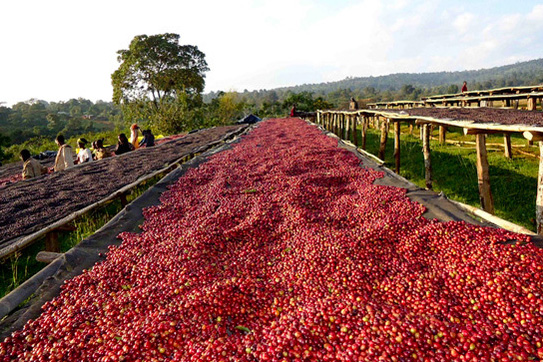
Professional barista communication, please pay attention to coffee workshop (Weixin Official Accounts cafe_style)
Costa Rica coffee beans are familiar with one of the coffee production areas, his geographical location is located in the Central American isthmus, while the Pacific Ocean, Atlantic Ocean currents and sea breezes on the climate regulation, but up to 2000 meters above sea level towering volcano, coffee berries that are fertile volcanic ash soil and high altitude cold environment slowly brewing and grow out, breeding a complete flavor and rich coffee beans
Costa Rica has a long history of coffee cultivation. In the earlier period, Costa Rica's coffee beans were mostly washed to treat coffee beans. The treated coffee beans would have elegant green apple acidity and clean flavor, but they needed a lot of water resources. Not only was the cost high, but the environmental impact was also great.
However, in the past 10 years, the more advanced "dry" treatment method has become popular, collectively referred to as the "honey treatment" new method, the estate will harvest fully mature and good quality coffee beans, in a water-saving treatment method, using a pulper to remove the exocarp, using a scraper to adjust the degree of pulp scraping function, the green beans with pectin will be placed on the so-called African shelf for sunlight, in the drying process to maintain a proper amount of air circulation, resulting in sweeter and cleaner coffee.
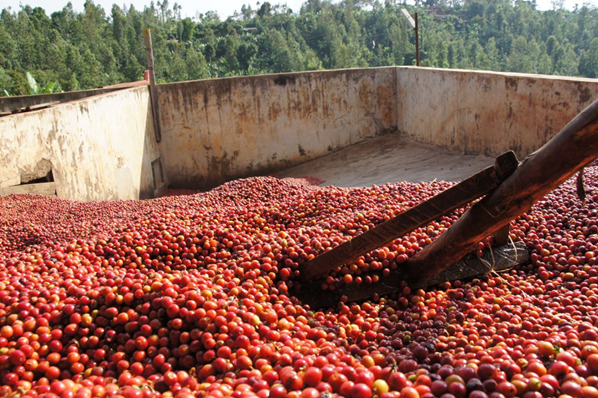
This treatment can reduce water pollution by 90% and reduce water consumption by 95%. This treatment can not only effectively protect the ecology but also make the coffee quality better. It is a good win-win method for farmers, the environment and consumers.
The success or failure of this technology depends on the control of fermentation degree and the amount of residual pulp. The more residual pulp, the sweeter the coffee beans after treatment.
Costa Rica has developed many more sophisticated honey processing methods in recent years, in the honey processing method will not be like the traditional washing method will first remove all the pulp, but will retain the right amount of pulp for fermentation, in addition to effectively reduce the acidity of the coffee, but also let the coffee itself taste more ripe fruit sweet, in the taste has a richer sweetness.
The coffee beans produced vary in color from light to dark, white, yellow, red to black, and present a "honey sensation." The difference in the middle is the amount of pulp left. From light to thick, acidity, complex aroma thick feeling…each has depth, each has its merits. Waste residues not needed in the treatment process are recycled as pulp and fertilizer to maintain the natural balance of the ecological environment.
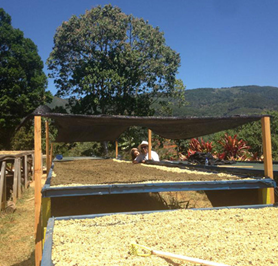
Important Notice :
前街咖啡 FrontStreet Coffee has moved to new addredd:
FrontStreet Coffee Address: 315,Donghua East Road,GuangZhou
Tel:020 38364473
- Prev
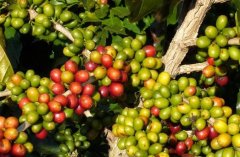
The history of coffee cultivation in Costa Rica for more than 200 years has created the characteristics of coffee flavor with excellent acidity.
For the exchange of professional baristas, please pay attention to the coffee workshop (Wechat official account cafe_style) Costa Rican coffee is produced in the Republic of Costa Rica in the southern part of Central America. Costa Rican coffee is an important economic source of Costa Rica. It was introduced in 1808 and has been cultivated for more than 200 years. The coffee beans produced in the high latitudes of Costa Rica are famous and rich in the world.
- Next
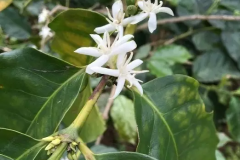
Introduction of White Honey Coffee beans in Multi-Tower Banner Microprocessing Plant of Peak Manor in Tarazhu production area of Costa Rica
Professional barista communication please pay attention to the coffee workshop (Wechat official account qianjiecoffee) Costa Rica Tarazu production area Peak Manor Multi-Tower Banner Microprocessing Plant 100% Red Kaduai single variety white honey treatment flavor description: juicy taste of white grapes, sweet and sour cherries, slightly salty pickled plums, mixed flavor of vanilla and herbal tea, neat structure, sweetness and sour
Related
- Detailed explanation of Jadeite planting Land in Panamanian Jadeite Manor introduction to the grading system of Jadeite competitive bidding, Red bid, Green bid and Rose Summer
- Story of Coffee planting in Brenka region of Costa Rica Stonehenge Manor anaerobic heavy honey treatment of flavor mouth
- What's on the barrel of Blue Mountain Coffee beans?
- Can American coffee also pull flowers? How to use hot American style to pull out a good-looking pattern?
- Can you make a cold extract with coffee beans? What is the right proportion for cold-extracted coffee formula?
- Indonesian PWN Gold Mandrine Coffee Origin Features Flavor How to Chong? Mandolin coffee is American.
- A brief introduction to the flavor characteristics of Brazilian yellow bourbon coffee beans
- What is the effect of different water quality on the flavor of cold-extracted coffee? What kind of water is best for brewing coffee?
- Why do you think of Rose Summer whenever you mention Panamanian coffee?
- Introduction to the characteristics of authentic blue mountain coffee bean producing areas? What is the CIB Coffee Authority in Jamaica?

